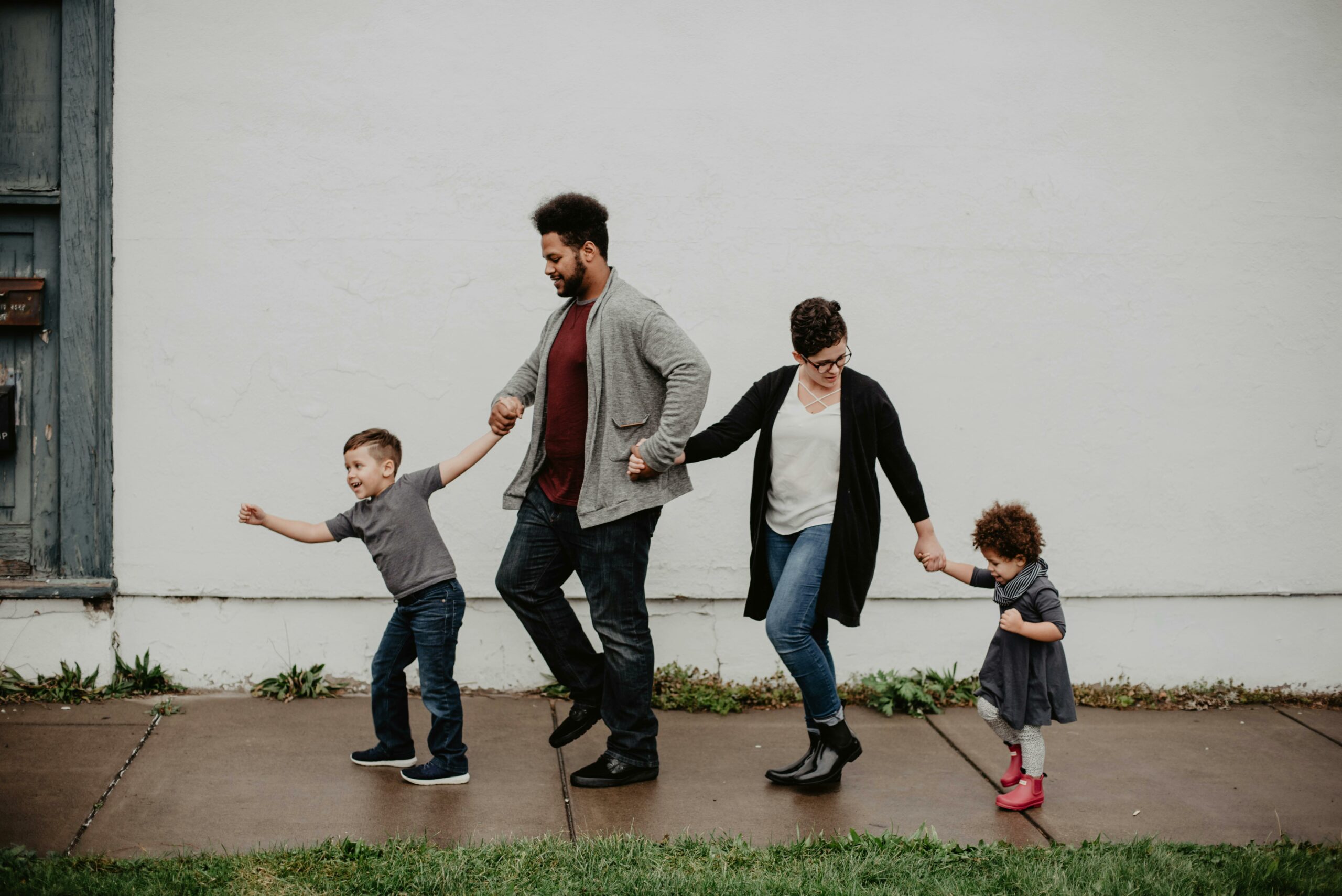Do you have any idea what makes the bond between a parent and a child so strong? This is exactly where attachment parenting comes in!
It’s actually more than just hugging your kid (though that’s important too). It’s about building a strong and secure connection. This connection helps your child grow emotionally as well as mentally. It’s a secret element for a great relationship between parents and children.
But you may have in your mind – why is this bond so important?
Let’s get down and decode the magic of attachment parenting along with 6 must-know techniques that every parent should have up their sleeves.
Before we get into the nitty-gritty, how does a brief overview of attachment parenting sound?
Understanding Attachment Parenting
Attachment parenting is like being the emotional guide for your kids. It’s all about building a strong, secure bond between you and your child, which is super important for their growth. This style of parenting has been around for a while, since the 1950s, thanks to psychologists like John Bowlby and Mary Ainsworth. But why is it getting more attention now?
Well, in our busy lives, where things can feel impersonal, the idea of having a deeper, more intuitive connection with our kids is really appealing.
Technique #1: Responsive Feeding
Responsive feeding is basically feeding with an extreme insight into the baby’s feeding cues, sweetness, and balance between the feeding routine and being flexible enough to attune it to your baby’s needs. More than filling tummies, it is about building trust. Kids who feel that they are heard and understood from the beginning will tend to be apt at making secure attachments.
Being sensitive and responsive as parents helps kids feel secure. When parents understand and respond to their kids’ needs, children learn to manage their emotions better and get along with others (Gregory et al., 2020).
Technique #2: Co-Sleeping Safely
Sleeping with your baby in the same bed, called co-sleeping, might seem tricky at first. But if you do it safely, it’s really special and has lots of perks. It makes nighttime feedings easier and helps your baby feel secure. Safety is super important though!
Make sure your bed is safe. That means a firm mattress, no pillows or blankets near your baby’s face, and a cozy spot just for them to sleep.
Research shows that sleeping together can make both parents and babies feel more emotionally secure and less stressed at night (Kohlhoff et al., 2022).
Technique #3: Baby-Wearing
Carrying your baby in a sling or carrier, like a kangaroo, isn’t just handy; it’s a great way to bond. This hands-on approach has tons of psychological benefits, making your baby feel safe, loved, and emotionally happy. And it’s good for both of you: babies cry less, and parents feel closer. But remember, safety comes first – make sure your baby’s hips are positioned well and the materials are breathable.
Technique #4: Positive Discipline
Using positive ways to guide children, like redirecting their attention and showing understanding, helps them feel secure in their relationships. But harsh punishment can make them feel less safe and trusting (Kohlhoff et al., 2022).
We’ve moved past the old “because I said so” approach. Positive discipline is all about guiding, not punishing. It’s about setting rules with love, respect, and patience. The aim of positive discipline is to make kids feel understood, respected and listened to. Strategies include taking time-ins to manage emotions, clearly explaining expectations, and showing lots of empathy. It’s like teaching important life lessons with a hug instead of a scolding.
Technique #5: Empathetic Communication
Do you ever feel like nobody’s listening?
Well, empathetic communication changes that! It’s about acknowledging feelings and making everyone feel comfortable sharing how they feel. Instead of saying “Stop crying,” you might say, “I see you’re upset, do you want to talk?” This open, honest way of talking builds trust and understanding in the family.
Technique #6: Consistent and Loving Care
Consistency might not seem exciting, but in attachment parenting, it’s super important. It’s like being a steady guide for your child, always there when they need you. It’s not about stopping them from being independent; it’s about giving them freedom while making sure they know you’re there for them, both physically and emotionally, whenever they need you.
Wrapping It Up
In closing, starting attachment parenting is like setting off on a big adventure in the world of being a parent. You’ve got a compass that always points to love, understanding, and caring. Each thing we talked about helps you build a strong bond with your child, like shining lights showing the way. Remember, being an attachment parent means being there, listening, and staying close to your child’s feelings.
So, that’s the end of our journey through attachment parenting. Are you excited to begin this amazing journey? Your little one is waiting, and I promise, it’s going to be really fun!
Frequently Asked Questions (FAQs)
Q: How do I know if attachment parenting is right for my family?
A: Think about what’s important to you as a parent. If you believe in showing lots of love, being responsive to your child’s needs, and building a strong bond, then attachment parenting might be a good fit for your family.
Q: Can I do attachment parenting if I’m raising my child alone?
A: Absolutely! Attachment parenting isn’t just for families with both parents. Even if you’re a single parent, you can still give your child lots of love, attention, and support, which are the key parts of attachment parenting.
Q: Do I need special stuff for attachment parenting?
A: Not necessarily. Attachment parenting is more about how you interact with your child than the things you have. While things like baby carriers or co-sleeping can be part of it, the most important thing is showing your child that you’re there for them and care about them.
Q: Will attachment parenting make it tough for me to go back to work?
A: It might take some adjusting, but attachment parenting can still work if you’re a working parent. You can still be there for your child emotionally when you’re not at work, and find ways to keep that close connection even when you’re busy.
Q: Where can I learn more about attachment parenting?
A: There are lots of resources out there! You can read books, join online groups, or even talk to other parents who practice attachment parenting. It’s all about learning and finding what works best for you and your child.
References
Gregory, M., Kannis‐Dymand, L., & Sharman, R. (2020). A review of attachment‐based parenting interventions: Recent advances and future considerations. Australian Journal of Psychology, 72(2), 109–122. https://doi.org/10.1111/ajpy.12270
Kohlhoff, J., Lieneman, C. C., Cibralic, S., Traynor, N., & McNeil, C. B. (2022). Attachment-Based Parenting Interventions and Evidence of Changes in toddler attachment Patterns: An Overview. Clinical Child and Family Psychology Review, 25(4), 737–753. https://doi.org/10.1007/s10567-022-00405-4









